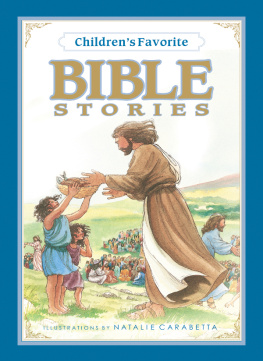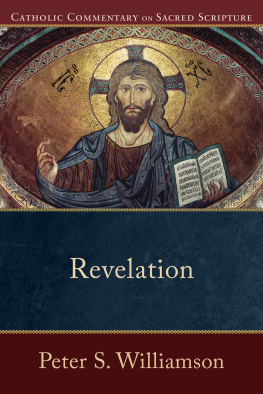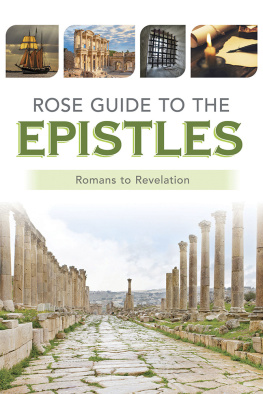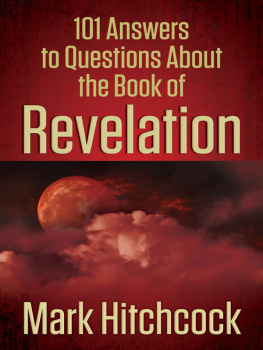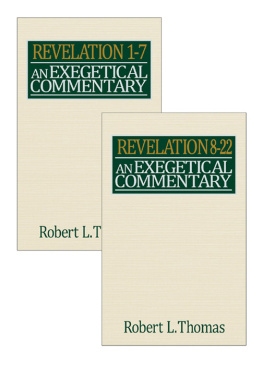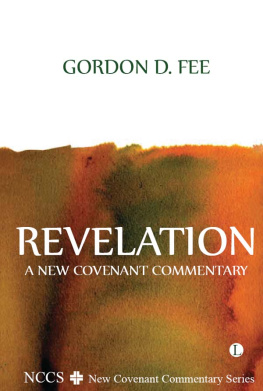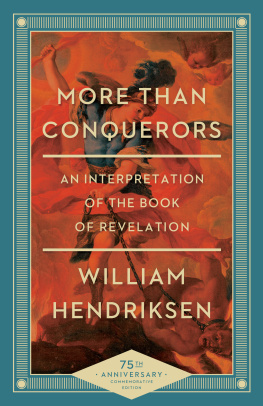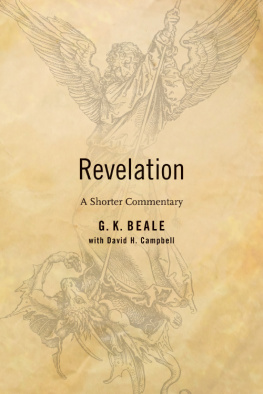1997, 2013 by Steve Gregg
All rights reserved. Written permission must be secured from the publisher to use or reproduce any part of this book except for brief quotations in critical reviews or articles.
Unless otherwise noted, Scripture taken from THE NEW KING JAMES VERSION. 1982 by Thomas Nelson, Inc . Used by permission. All rights reserved.
The following publishers and authors have generously given permission to use extended quotations from copyrighted works:
A Commentary on the Revelation of John, by George Eldon Ladd, 1972. Used by permission of Wm. B. Eerdmans Publishing Co., Grand Rapids, MI. All rights reserved.
The Book of Revelation (The New International Commentary on the New Testament), by Robert H. Mounce, 1977. Used by permission of Wm. B. Eerdmans Publishing Co., Grand Rapids, MI. All rights reserved.
Interpreting Revelation, by Merrill C. Tenney, 1957. Used by permission of Wm. B. Eerdmans Publishing Co., Grand Rapids, MI. All rights reserved.
The Revelation Record, by Henry M. Morris, 1983. Used by permission of Tyndale House Publishers, Inc ., Wheaton, IL. All rights reserved.
Lectures on the Revelation, by H. A. Ironside, 1920. Used by permission of Loizeaux Brothers, Neptune, New Jersey. All rights reserved.
The Revelation: An Analysis and Exposition of the Last Book of the Bible, by Arno C. Gaebelein, 1915. Used by permission of Loizeaux Brothers, Neptune, New Jersey. All rights reserved.
Revelation, by Charles Caldwell Ryrie, 1968. Used by permission of Moody Bible Institute of Chicago, Moody Press, IL. All rights reserved.
The Revelation of Jesus Christ, by John Walvoord, 1966. Used by permission of Moody Bible Institute of Chicago, Moody Press, Chicago, IL. All rights reserved.
More Than Conquerors: An Interpretation of the Book of Revelation, by William Hendriksen, 1939. Used by permission of Baker Book House, Grand Rapids, MI. All rights reserved.
Revelation, by Geoffrey B. Wilson, 1985. Used by permission of Evangelical Press, England. All rights reserved.
The Days of Vengeance: An Exposition of the Book of Revelation, by David Chilton, 1987. Used by permission of Dominion Press, Ft. Worth, Texas. All rights reserved.
The Time is at Hand, by Jay E. Adams, 1966. Permission granted by author.
Revelation: An Introduction and Commentary, by Homer Hailey, 1979. Baker Book House, Grand Rapids, MI. Permission granted by author.
The Cosmic Drama, by Herschel H. Hobbs, 1971. Word Books, Waco, Texas. Permission granted by author.
Page layout: Crosslin Creative
ISBN : 9781401676216
ISBN : 9780310119531 (eBook)
13 14 15 16 17 RRD 5 4 3 2 1
Information about External Hyperlinks in this ebook
Please note that footnotes in this ebook may contain hyperlinks to external websites as part of bibliographic citations. These hyperlinks have not been activated by the publisher, who cannot verify the accuracy of these links beyond the date of publication.
This book is dedicated with affectionate gratitude to Chuck Smith, pastor of Calvary Chapel in Costa Mesa, California, a lover of Bible prophecy, and my first mentor in ministry.
C ONTENTS
Part I: The Seven Letters
Revelation 13
Part II: The Seven-Sealed Scroll
Revelation 47
Part III: The Seven Trumpets
Revelation 810
Part IV: The 1,260 Days
Revelation 1113
Part V: The Seven Last Plagues
Revelation 1416
Part VI: The Great Babylon
Revelation 1719
Part VII: The Millennium
Revelation 20
Part VIII: The New Creation
Revelation 2122
For the fifteen years since the first edition of this book was published, I have hosted a daily Christian talk show on AM radio, discussing (and sometimes answering) callers questions about the Bible. At the time of publication, I had spent the previous fourteen years as a lecturer at a small Bible institute in Oregon. For the twelve years prior to that, I had been a freelance, international Bible teacher. Despite the wearing of multiple hats, during almost forty-three years of ministry, I have not been a prolific book writer. In fact, I have not produced a book for publication since the appearance of this one in 1997.
When one writes so few books, he wants the few that he writes to be as good as they can be. Therefore, immediately after the publication of the first edition of Revelation: Four Views I began to see imperfections that I wished I could have avoided. It was on the occasion of the publishers request to publish an updated and expanded version that I was invited to make alterations to the original. The primary changes in this edition are as follows:
1. The viewpoint that appears in the fourth column of the main body of the work is rightly called the idealist. I was aware of this, when writing in 1997, but I did not find many authors referring to their view by this name, even when it was their view. I assumed that they may not have preferred this label for their position, and I sought for an alternative name from their writings. Though authors taking this position floated a variety of possible labels (e.g., the philosophy of history view), there was none among them of which all seemed to approve. At that time, I decided to create a generic name for the viewpoint, and I settled upon the label spiritual. The ink was no sooner dry on the first copies of the book than I regretted this decision. Idealist is clearly the most widely recognized name for this view, and it is so named in this edition.
2. The first edition sported unused white space on many of its pages, owing to the fact that I could not find an equal amount of material for all four views in many cases, and the four-column format meant that when the treatment of one or two views extended considerably beyond that for the others, there often would be white space in the columns to which the commentary on the other approaches did not extend. In preparing this second edition, I have found more authorities than were available to me in 1997 from which to quote.
3. When I wrote Revelation: Four Views, I was not aware of Richard Bauckhams book, The Theology of the Book of Revelation, which had been published four years earlier. Also, in the years since 1997, a major commentary on Revelation by G. K. Beale has appeared. The importance of these two scholars in the modern evangelical world renders it essential that their work be included in a study such as this.
Apart from these few things, the second edition is very much like the first. I have been very encouraged by the many positive reviews the first edition received and am grateful to Thomas Nelson that a second edition in paperback was deemed a worthwhile project. It gave me another opportunity to delve into the fascinating exploration in which I continue to revel. I wish you equal revelry in your own exploration.
Steve Gregg, December 2012
BY D R . R OBERT G. C LOUSE
Steve Gregg has given Christian scholarship an excellent book combining the four major ways to interpret the book of Revelation. By approaching the Apocalypse with a verse-by-verse parallel commentary, his work will lead the reader to reopen the discussion of this section of Scripture and expose many people for the first time to outlooks other than their own.
Revelation is a unique book, in that a person seems either to make everything of it or else to make nothing of it. In many churches sermons on the Revelation are so numerous that they become a hermeneutical method of interpreting the whole Bible, while among other groups the book is seldom mentioned. In two areas, specifically, ones understanding of the Revelation is both revealed and shaped, and in both of these Steve Greggs work is helpful to all students of the Revelation. The first area concerns how the Millennium of chapter 20 is understood, and the second concerns the basic way interpreters approach the Revelation.

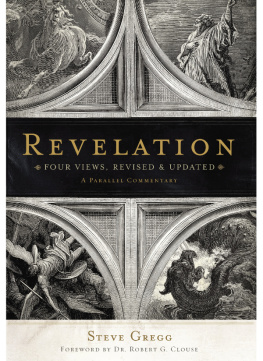


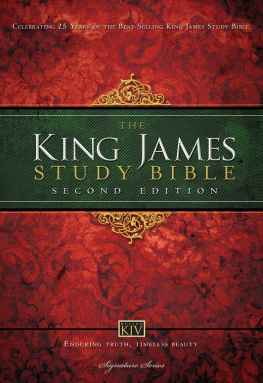
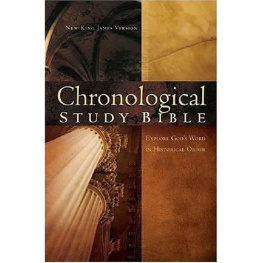
![Thomas Nelson - The NKJV Study Bible [Full-Color Edition]](/uploads/posts/book/79115/thumbs/thomas-nelson-the-nkjv-study-bible-full-color.jpg)
